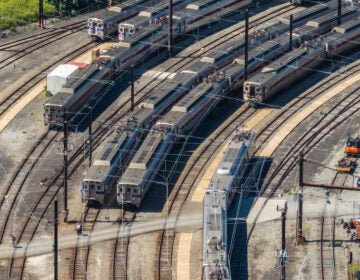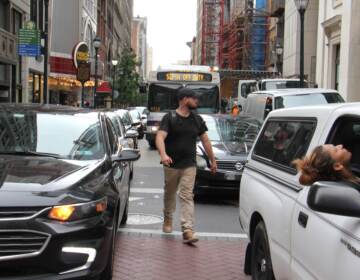A Philly photographer explains how she captures the beauty of SEPTA and its riders
Philly photographer Shasta Bady shares her thoughts on SEPTA, the people who ride it and her new exhibit at Suburban Station.

"Pops" (Photo by Shasta Bady)
I’ve been working on this project over the past year with SEPTA. It’s called As Above, So Below — and it’s portraiture. I’m dealing with people that I don’t know and hoping to find the interconnectedness of everyone in Philadelphia that uses public transportation.
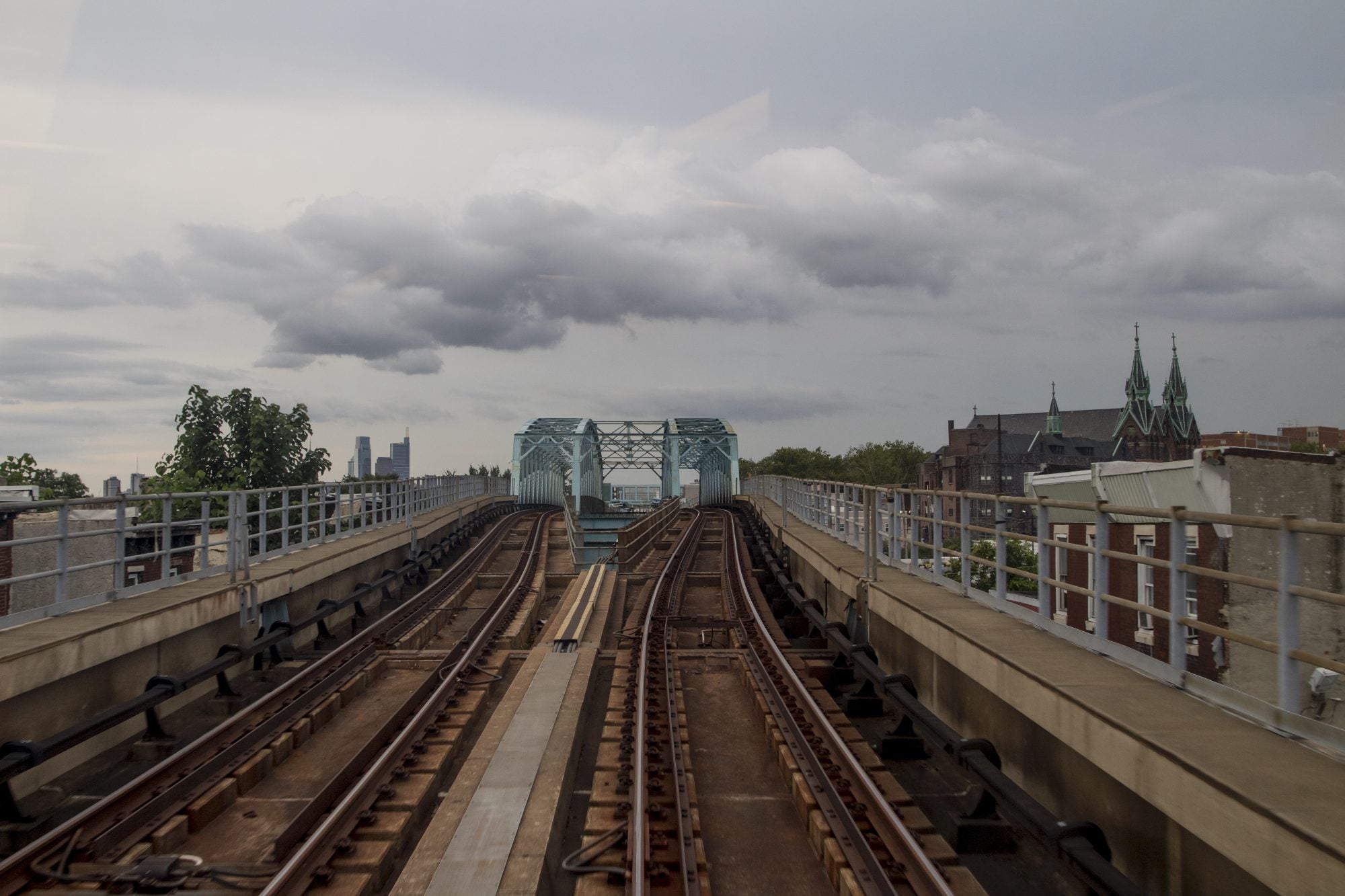
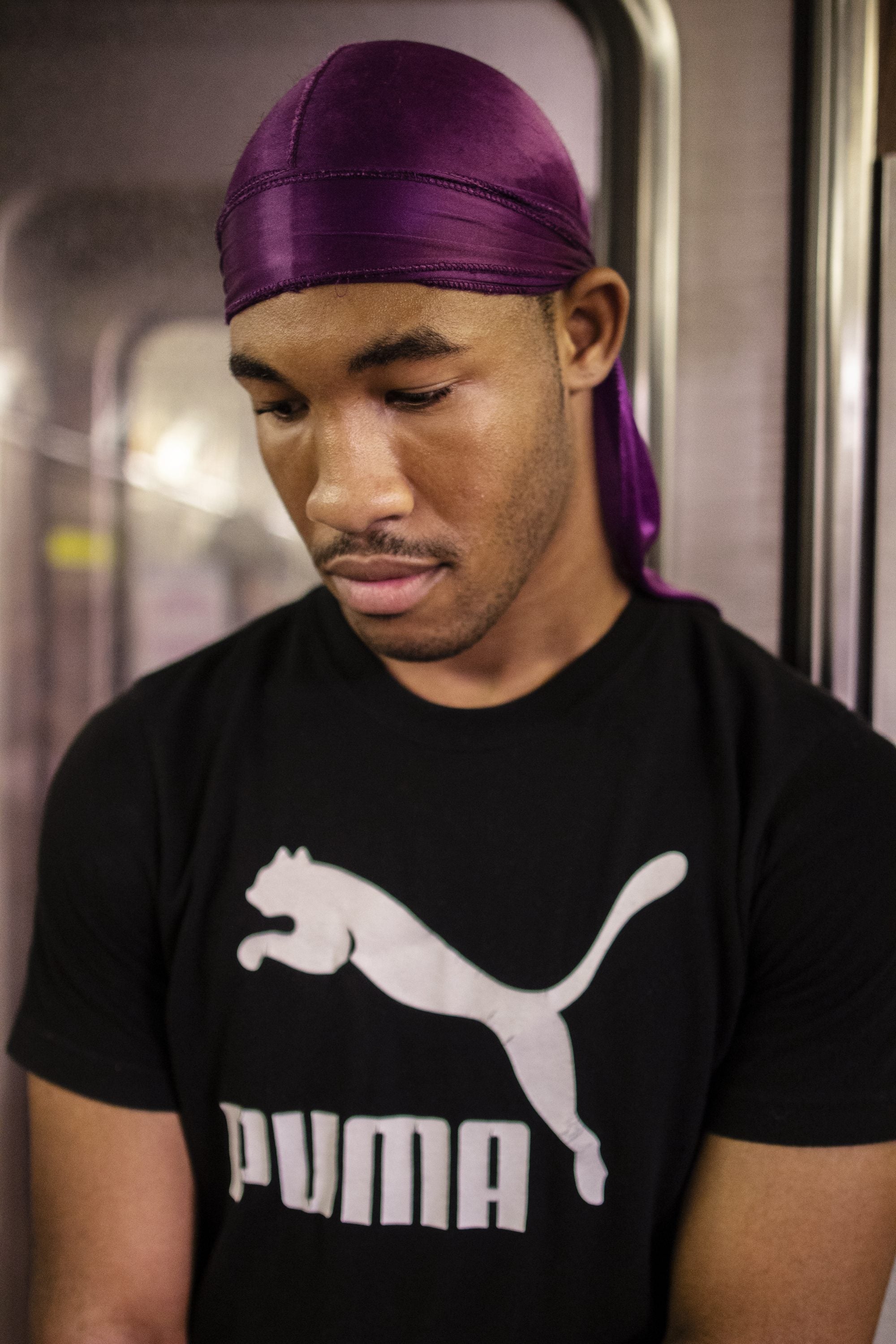
A lot of my most recent work is on public transportation, and I think that all stems from a really traumatic car accident. I had to figure out how to get around the city. How do I navigate this city? What is it I’m supposed to do, and how do I get these things done? And I found myself on SEPTA, every single day to do basic things: Buy toilet paper. Walk the city. Move through the city. And I began to love it. It was such an enjoyment for me, and I think it really stemmed from my time with my mother. My mother did not drive a lot, so we found ourselves on public transportation all the time.
In that way, it really felt like it was a safe space for me—a place where I could go and feel at peace, a place where I could go and feel calm, a place that brought me so much happiness. From that point, I began to ride the train and engage with people all the time. Sometimes people would come and speak to me about their experiences, and sometimes I would engage others.
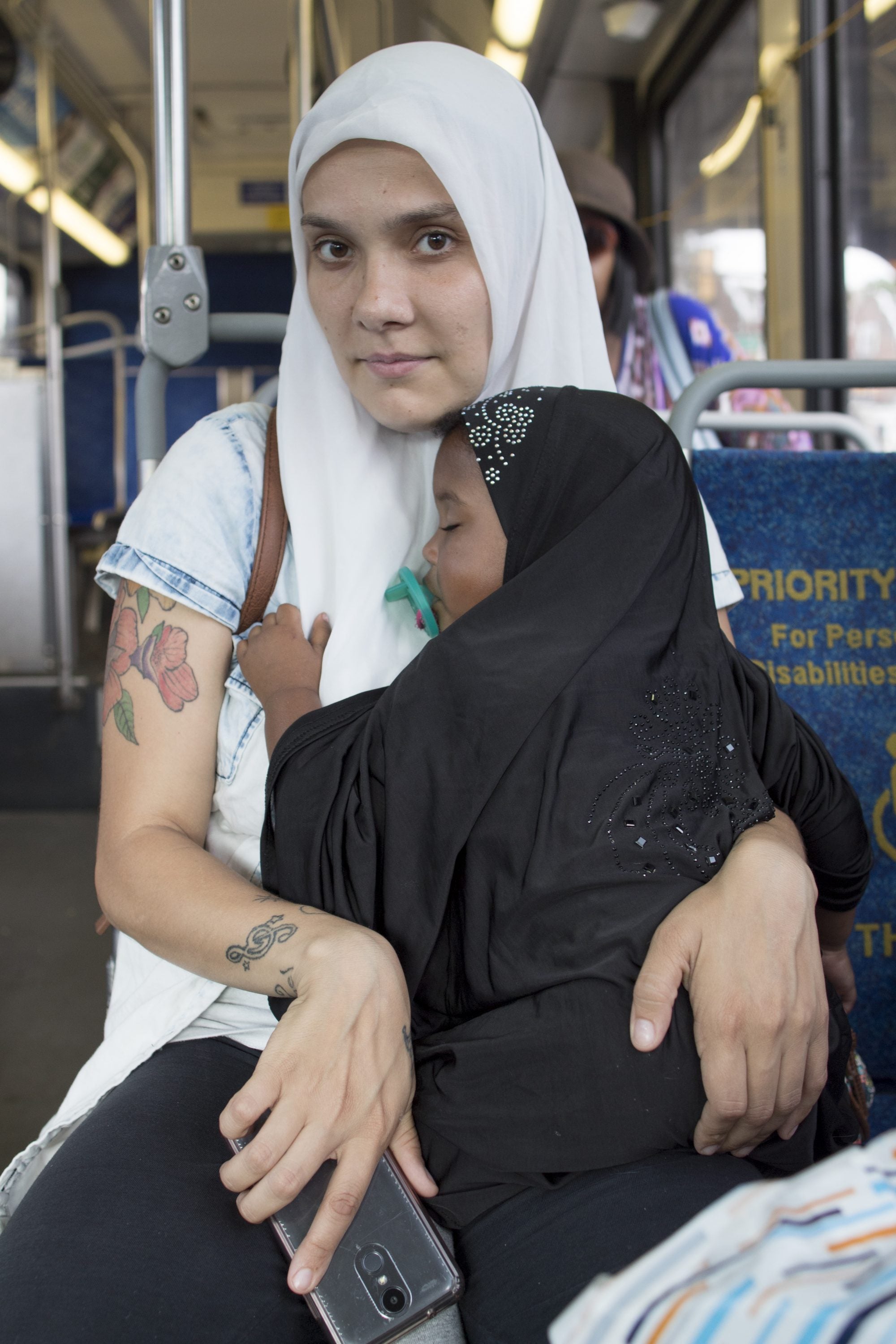
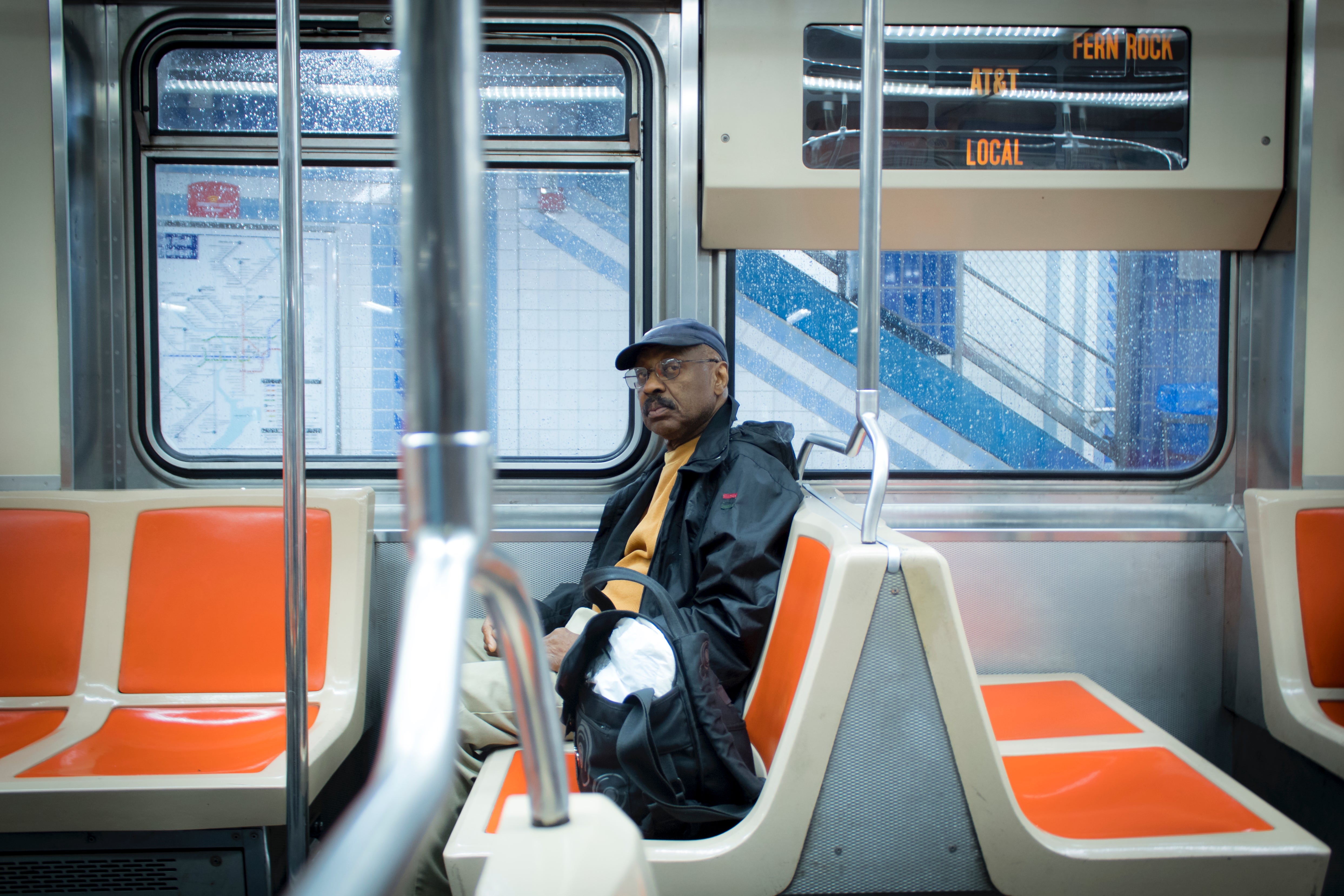
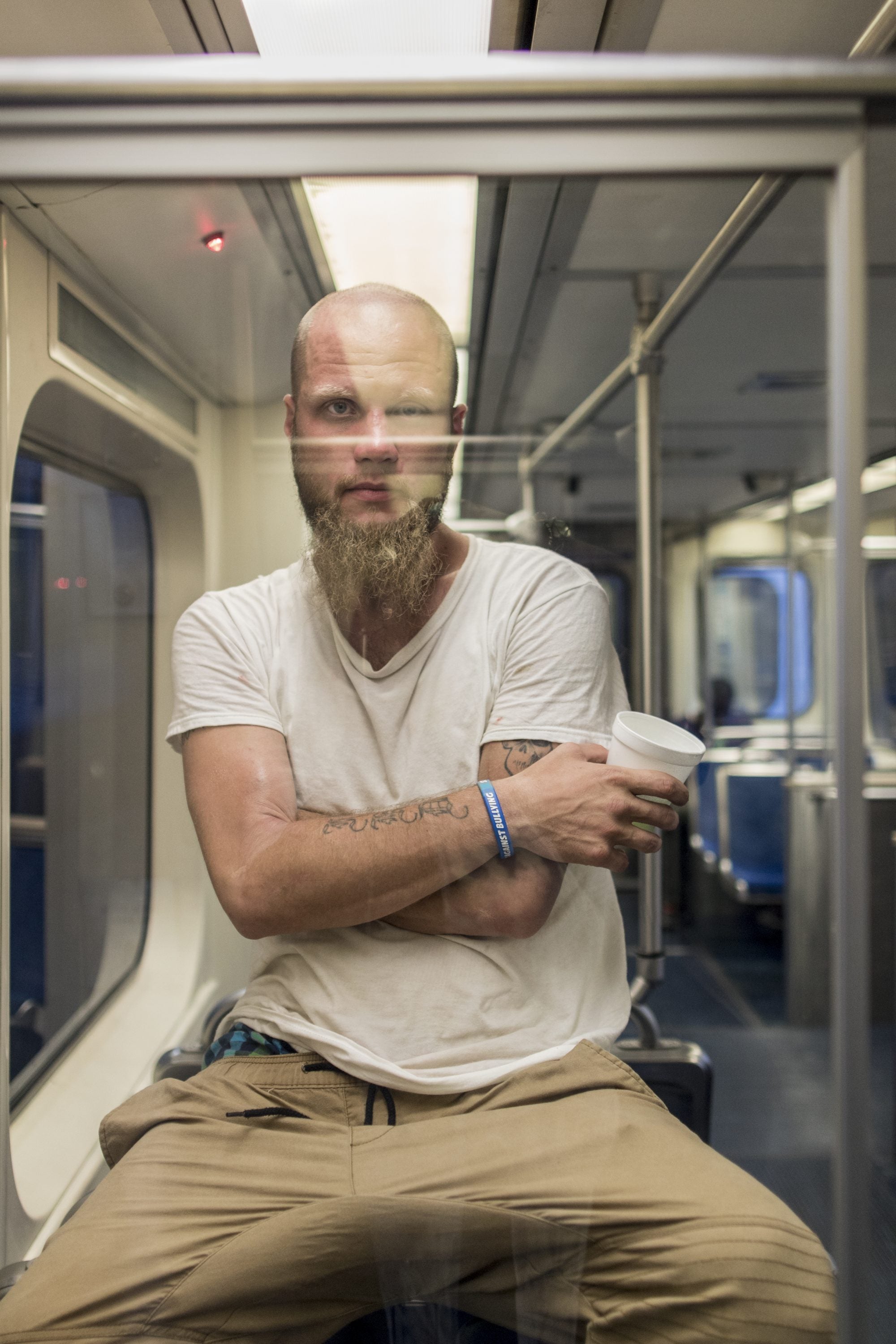
Time after time, I ask myself: Why is it important to be on SEPTA? Why is it important to take these portraits? Why are other voices important? It’s such a crucial component because SEPTA is civic space—it’s a space everyone has to interact with at some point in time and sharing that story is so important. Putting that work in a public space is additionally important because people can engage with the work, they can see themselves in a different space.
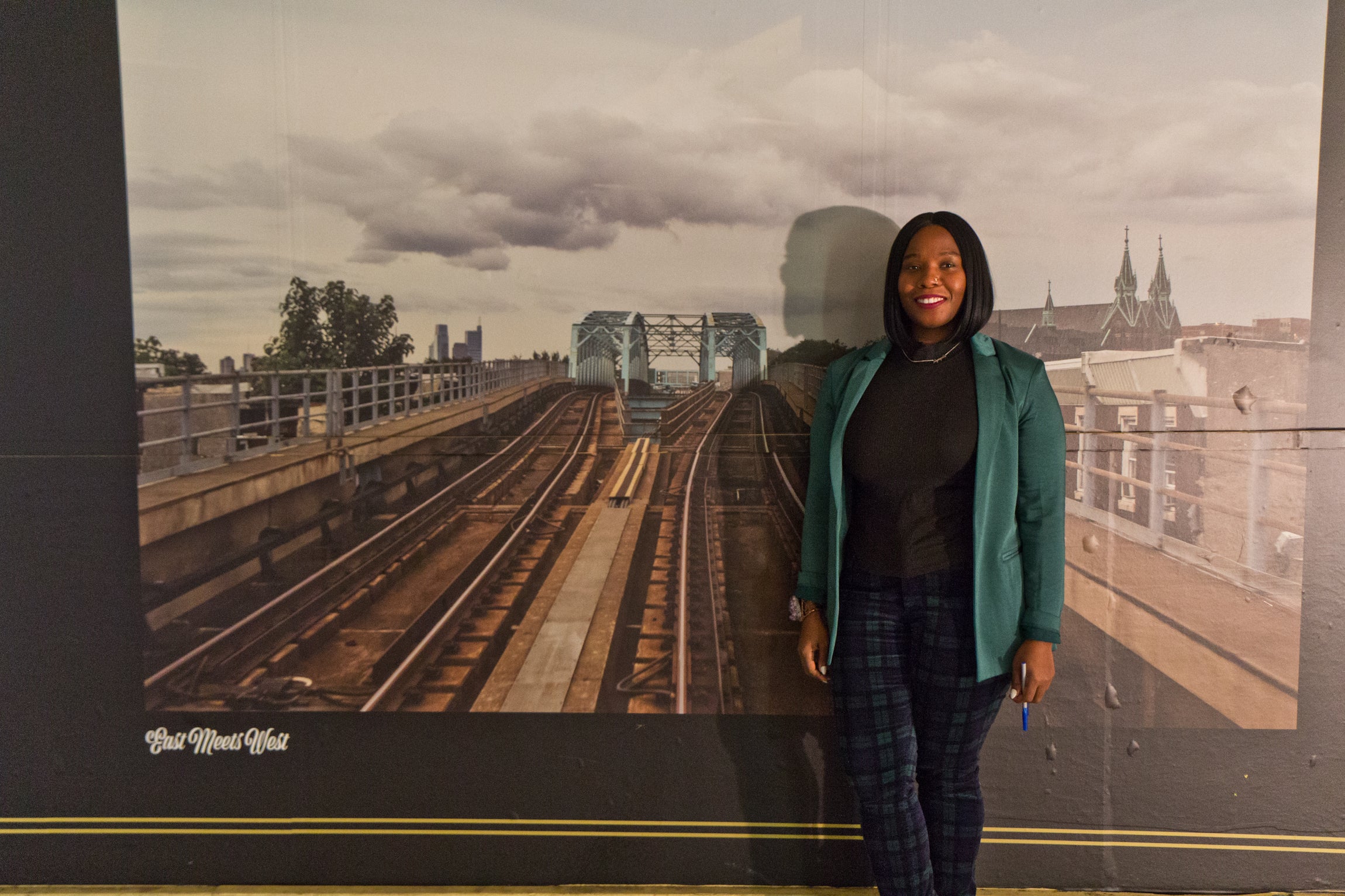
One of my favorite photos is of Curio — he was a gentleman that I met on the train, really lively, had a ton of energy, very open and transparent. I told him about the project and he literally just stepped into the middle of the train and took his shirt off! And so I said, OK, if we take shirts off, that’s fine, that’s completely fine.
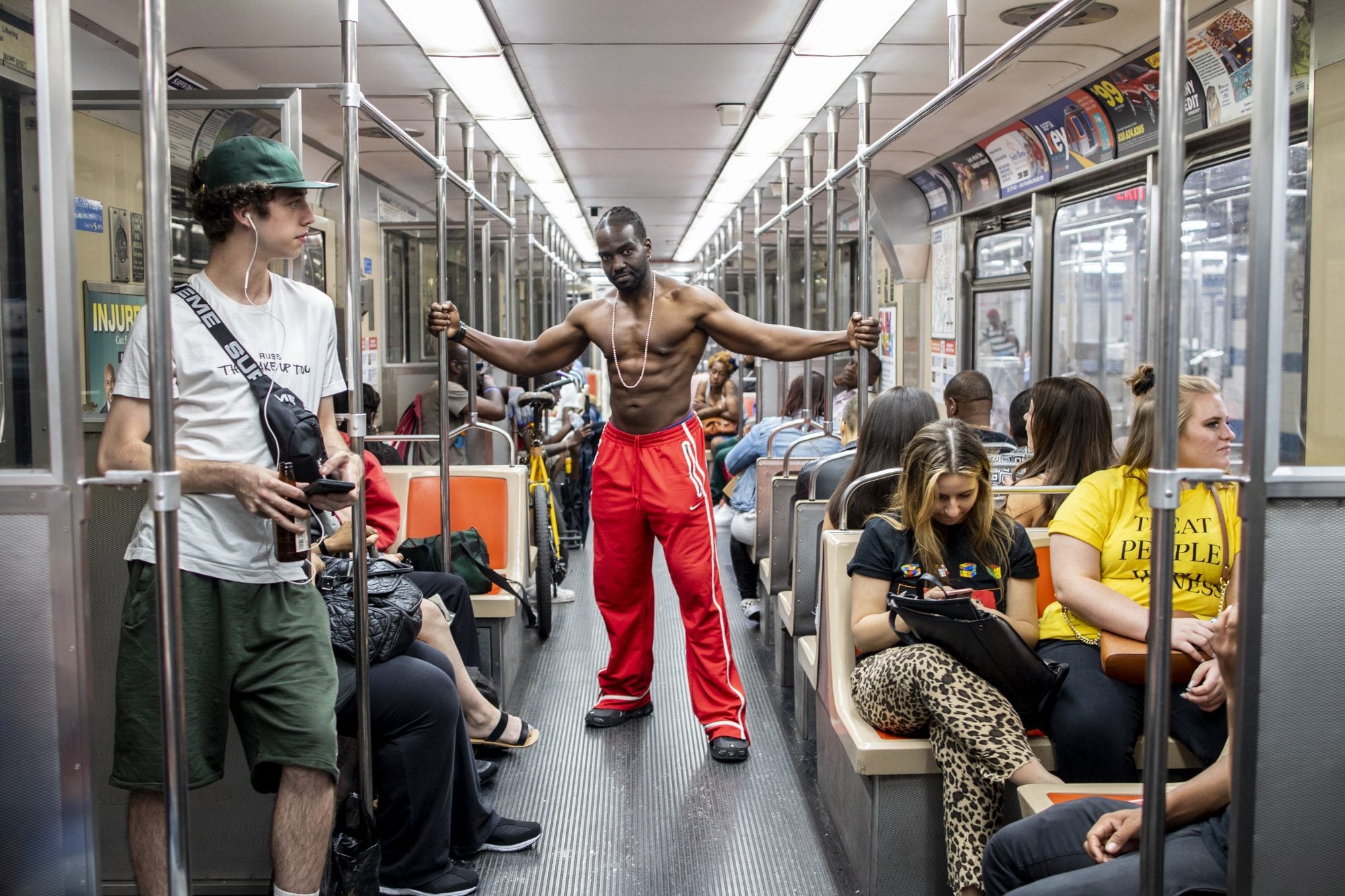
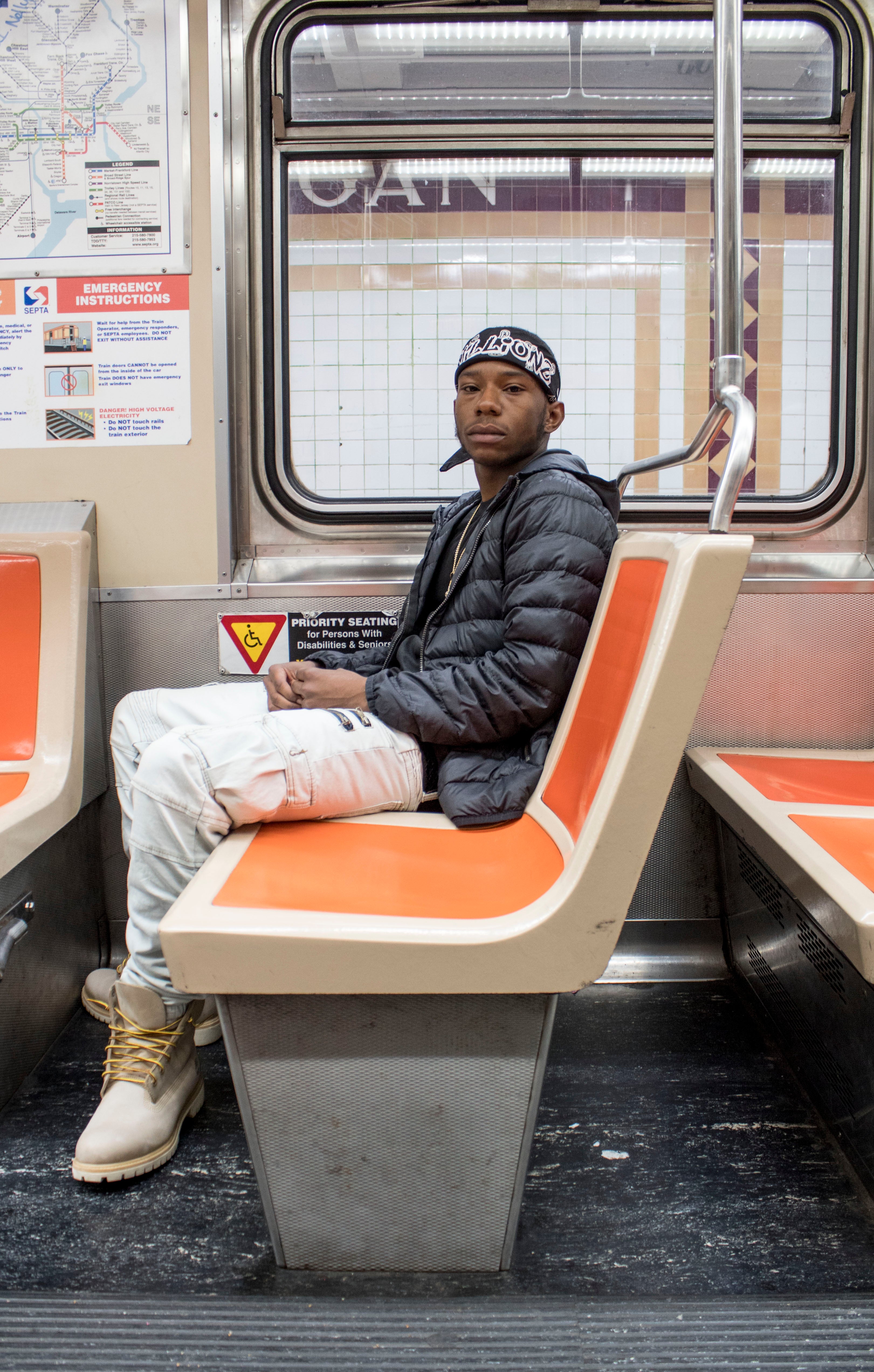
I met Markis at Frankford station. I noticed him using drugs before boarding the train. He was very kind and assisted his friend with slurred speech and a wobbly limp, unable to walk upright. He had piercing eyes and a brown bag nearby and started speaking as soon as I reached the train car. We spoke about his most important memories from childhood into adulthood and his challenges. He agreed to be photographed under two conditions: Hide his tracks on his arms and show him with dignity.
At that moment, I was completely humbled by my time with Markis. It showed me that I may not know the hardships that people go through, but I can never underestimate the courage of the human spirit, it can overcome all obstacles and conditions and transcend any limitation in time.
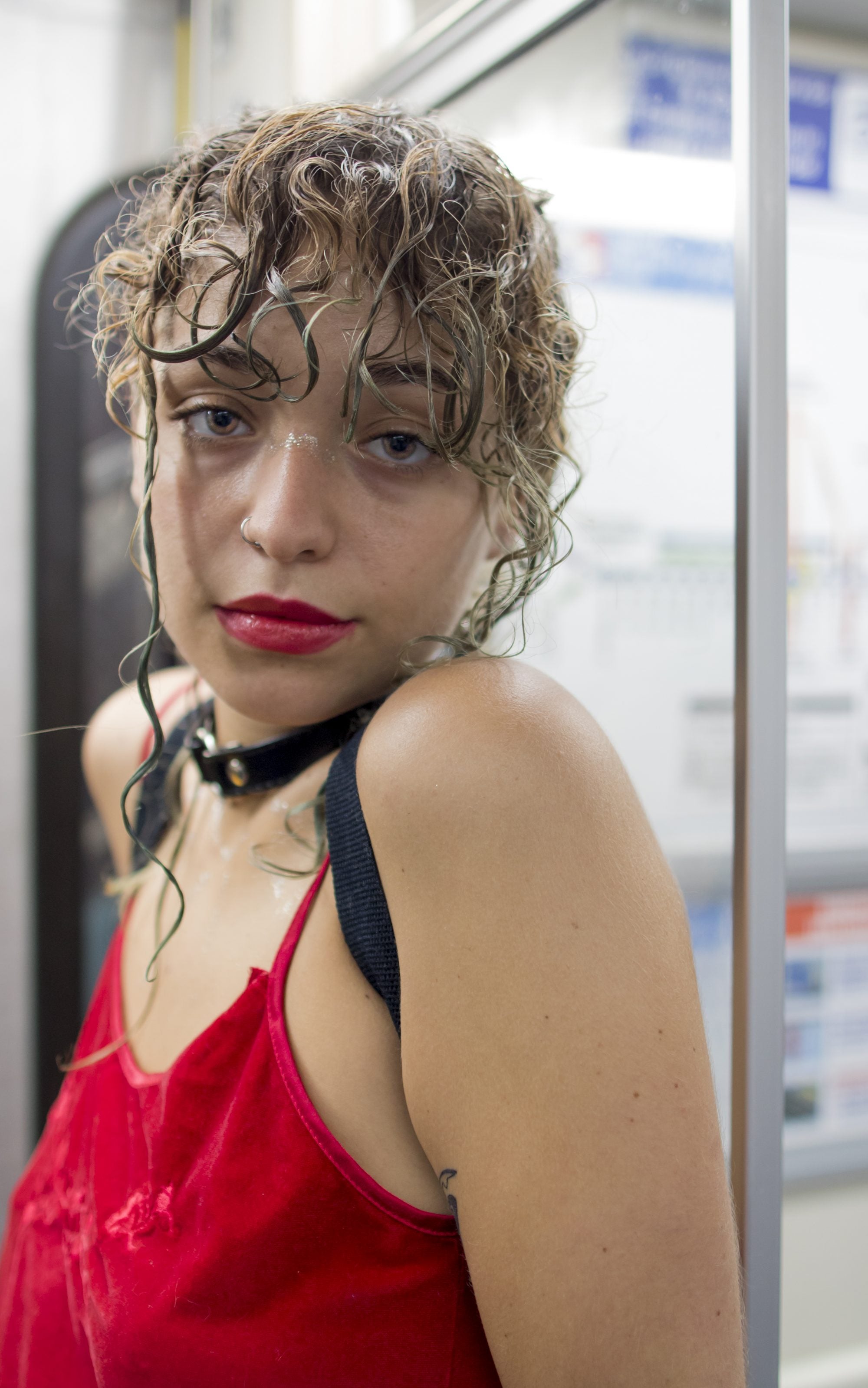
Sometimes I would ride the train for hours up and down until I felt completely comfortable. I would just find a very creative way to be close to you. And then from there, some people organically spoke to me after long days at work. There were late-night conversations, three a.m. rides, two a.m. rides, midnight, middle of the day. It sort of unraveled a little organically. If someone didn’t initiate a conversation, then I would just initiate, let them know who I am and that I’m coming over and I have no negative agenda and then I’d explain the project to them. And usually, they would agree or disagree.
A lot of the people that I worked with — it was almost like they wanted to be seen. You know, they wanted someone to acknowledge them. So it was interesting because it was like I’m asking you, but you’re also being vulnerable and sharing and then making yourself available. So to me, that duality is important.
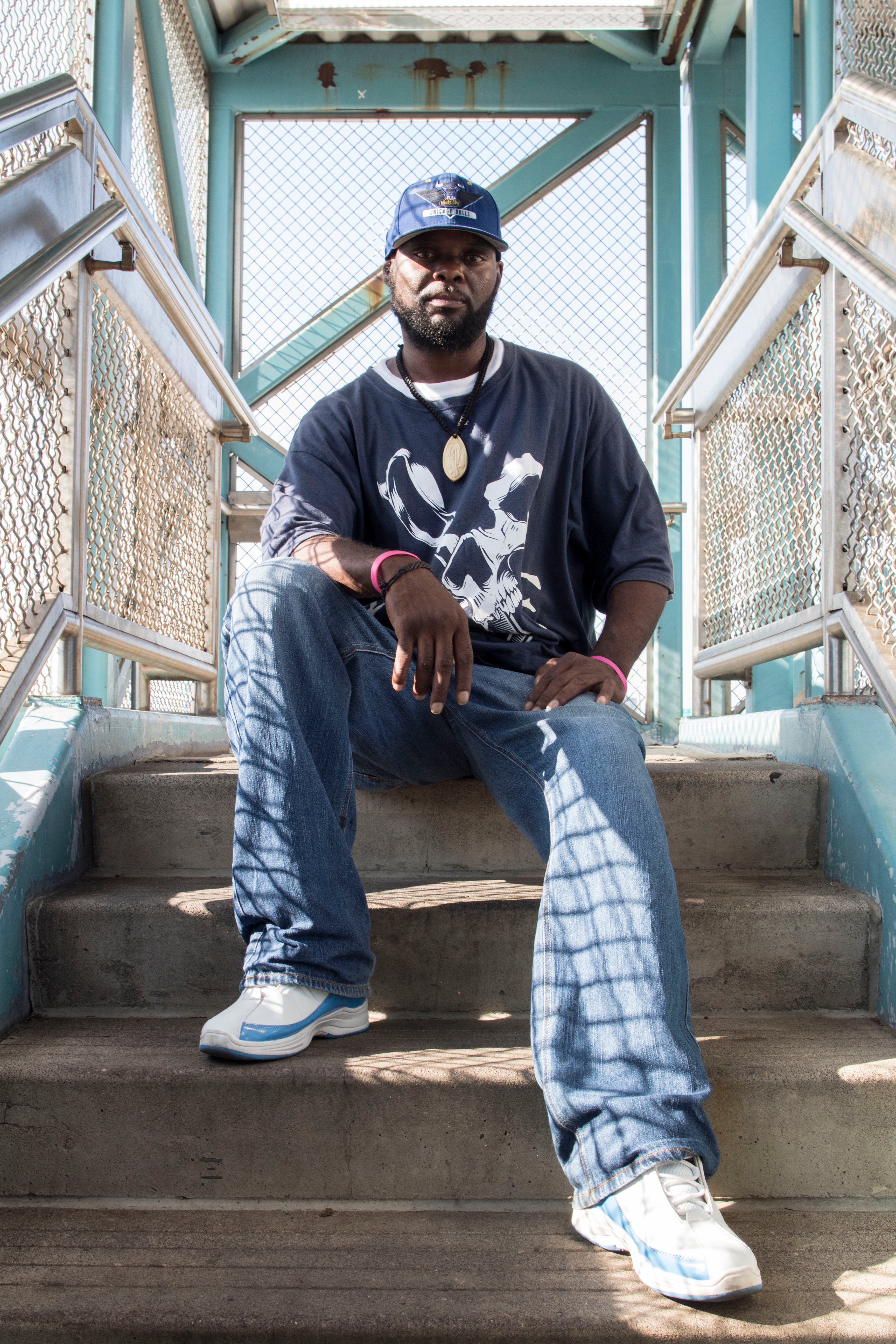
Currently, I take the 26 — that’s my favorite bus, but, usually, as a child always took the Regional Rail. It was always interesting to see people move throughout these spaces and how we can move throughout the city so quickly.
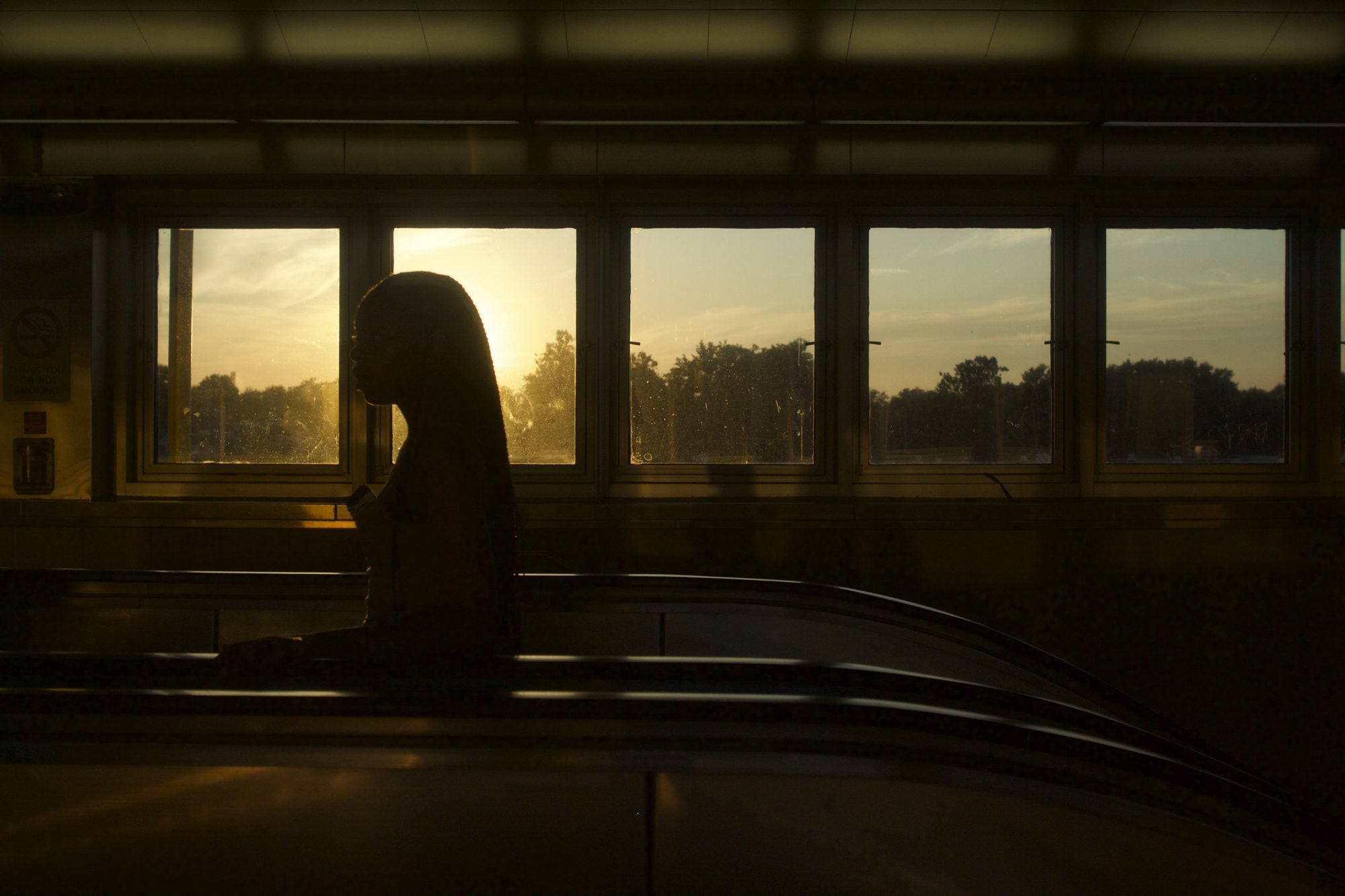
Shasta’s exhibit, As Above, So Below can be seen in Suburban Station. Follow her work on Instagram at @continuoustransit.
WHYY is your source for fact-based, in-depth journalism and information. As a nonprofit organization, we rely on financial support from readers like you. Please give today.





